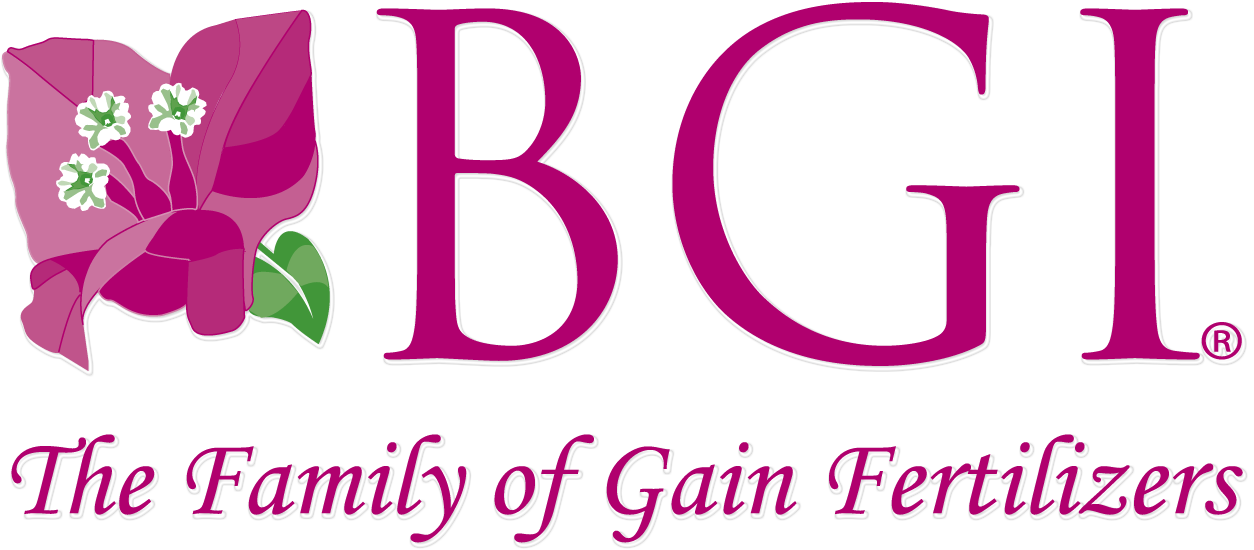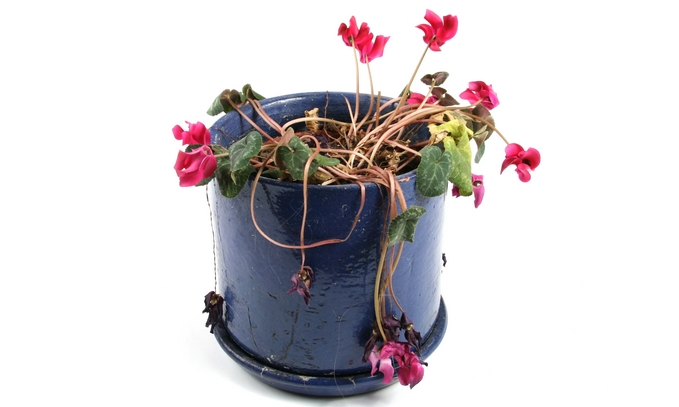If you suspect your plant is lacking vigor, color or appears weak and growing abnormally, chances are nutrient deficiency is the culprit. It is necessary to examine the specific symptoms and the growing environment. Soil, water and tissue testing will not only confirm the cause but will also recommend corrective actions. BGI recently introduced diagnostic testing and recommendations to address these very issues our customers may face.
Nutrient deficiency symptoms are broadly categorized by location on the plant: old growth and new growth.
OLD GROWTH:
- Nitrogen Deficiency: Uniform yellowing of entire surface of older, lower leaves.
- Phosphorous Deficiency: Lower older leaves appear purple or dramatically smaller and greener.
- Potassium Deficiency: Lower leaves exhibit chlorosis (yellowing) or marginal necrosis (death) that may occur along the entire leaf surface.
- Magnesium Deficiency: Interveinal chlorosis on the older leaves usually beginning along the margin.
NEW GROWTH:
- Iron Deficiency: Uniform interveinal chlorosis on upper leaves and new growth.
- Manganese Deficiency: Symptoms are almost identical to Iron deficiency. Interveeinal necrotic spots may form as well.
- Boron Deficiency: New shoot (Meristem) growth will abort, fall off and cause abnormal growth habit and distorted branching.
- Calcium Deficiency: New growth foliage exhibits marginal necrosis and chlorosis. Leaves often become misshapen.
Diagnostic soil testing not only confirms the deficiency, or in some cases the toxicity problem, you can become proactive and avoid future nutritional problems. It can also indicate potential pH problems, where adequate nutrients might be in the soil but are unavailable.
In South Florida, even though soil nutrient levels may be adequate, Iron and Manganese still are often the deficiency culprits. This is because our high alkaline soils and ground water cause these nutrients to become insoluble and unavailable. Please note they are essential micro nutrients. This means they are absolutely necessary (essential) but in lesser amounts (micro). A soil test and corrective pH application would resolve the deficiency problem.
So to all of our plant Doctor diagnosticians out there; if you detect a problem, diagnose the symptoms and take corrective action. Even better, like the men and women that grow professionally, take periodic samples and avoid poor growth and sickly plants all together.
After it’s all said and done, it’s true but trite: An ounce of prevention is worth a pound of cure. I like to think of it as preventative health care, i.e. avoid the hospital at all costs!
Get your soil tested today. BGI can help.
I hope this blog helps, and we at BGI wish only the best success for you and yours!
Take care,
Tom


